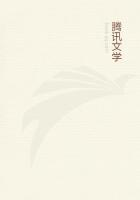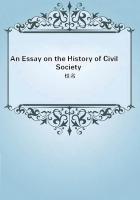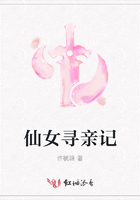The quantity of brass and iron annually brought from the mine to the market is out of all proportion greater than that of gold and silver.We do not, however, upon this account, imagine that those coarse metals are likely to multiply beyond the demand, or to become gradually cheaper and cheaper.Why should we imagine that the precious metals are likely to do so? The coarse metals, indeed, though harder, are put to much harder uses, and, as they are of less value, less care is employed in their preservation.The precious metals, however, are not necessarily immortal any more than they, but are liable, too, to be lost, wasted, and consumed in a great variety of ways.
The price of all metals, though liable to slow and gradual variations, varies less from year to year than that of almost any other part of the rude produce of land; and the price of the precious metals is even less liable to sudden variations than that of the coarse ones.The durableness of metals is the foundation of this extraordinary steadiness of price.The corn which was brought to market last year will be all or almost all consumed long before the end of this year.But some part of the iron which was brought from the mine two or three hundred years ago may be still in use, and perhaps some part of the gold which was brought from it two or three thousand years ago.The different masses of corn which in different years must supply the consumption of the world will always be nearly in proportion to the respective produce of those different years.But the proportion between the different masses of iron which may be in use in two different years will be very little affected by any accidental difference in the produce of the iron mines of those two years; and the proportion between the masses of gold will be still less affected by any such difference in the produce of the gold mines.Though the produce of the greater part of metallic mines, therefore, varies, perhaps, still more from year to year than that of the greater part of corn fields, those variations have not the same effect upon the price of the one species of commodities as upon that of the other.
VARIATIONS IN THE PROPORTION BETWEEN THE RESPECTIVE VALUESOF GOLD AND SILVER
Before the discovery of the mines of America, the value of fine gold to fine silver was regulated in the different mints of Europe between the proportions of one to ten and one to twelve;that is, an ounce of fine gold was supposed to be worth from ten to twelve ounces of fine silver.About the middle of the last century it came to be regulated, between the proportions of one to fourteen and one to fifteen; that is, an ounce of fine gold came to be supposed to be worth between fourteen and fifteen ounces of fine silver.Gold rose in its nominal value, or in the quantity of silver which was given for it.Both metals sunk in their real value, or in the quantity of labour which they could purchase; but silver sunk more than gold.Though both the gold and silver mines of America exceeded in fertility all those which had ever been known before, the fertility of the silver mines had, it seems, been proportionably still greater than that of the gold ones.
The great quantities of silver carried annually from Europe to India have, in some of the English settlements, gradually reduced the value of that metal in proportion to gold.In the mint of Calcutta an ounce of fine gold is supposed to be worth fifteen ounces of fine silver, in the same manner as in Europe.
It is in the mint perhaps rated too high for the value which it bears in the market of Bengal.In China, the proportion of gold to silver still continues as one to ten, or one to twelve.In Japan it is said to be as one to eight.
The proportion between the quantities of gold and silver annually imported into Europe, according to Mr.Meggens's account, is as one to twenty-two nearly; that is, for one ounce of gold there are imported a little more than twenty-two ounces of silver.The great quantity of silver sent annually to the East Indies reduces, he supposes, the quantities of those metals which remain in Europe to the proportion of one to fourteen or fifteen, the proportion of their values.The proportion between their values, he seems to think, must necessarily be the same as that between their quantities, and would therefore be as one to twenty-two, were it not for this greater exportation of silver.
But the ordinary proportion between the respective values of two commodities is not necessarily the same as that between the quantities of them which are commonly in the market.The price of an ox, reckoned at ten guineas, is about threescore times the price of a lamb, reckoned at 3s.6d.It would be absurd, however, to infer from thence that there are commonly in the market threescore lambs for one ox: and it would be just as absurd to infer, because an ounce of gold will commonly purchase from fourteen to fifteen ounces of silver, that there are commonly in the market only fourteen or fifteen ounces of silver for one ounce of gold.


